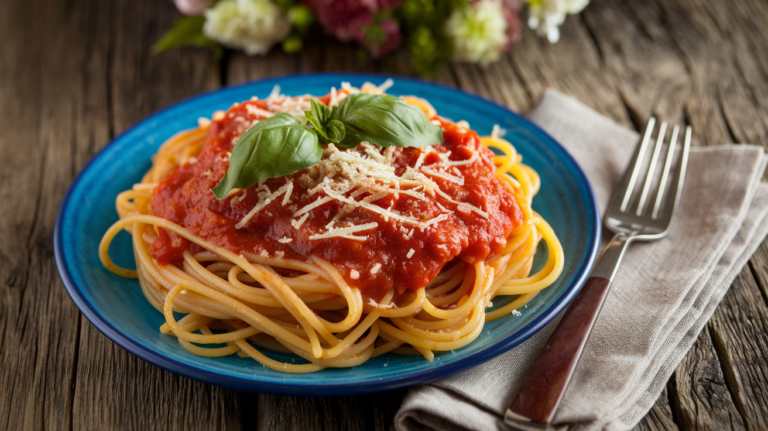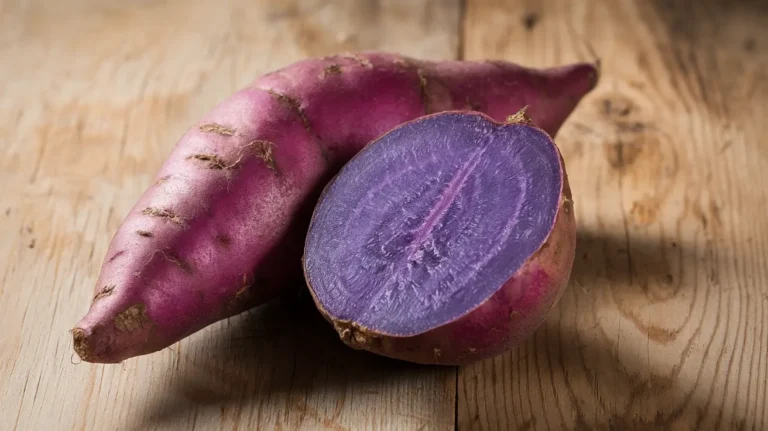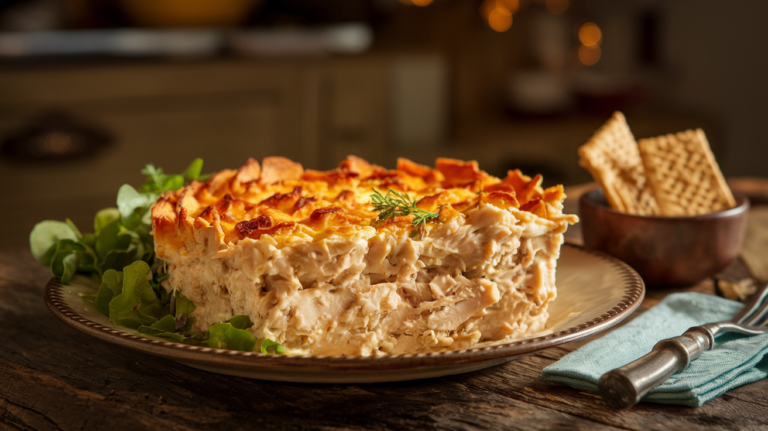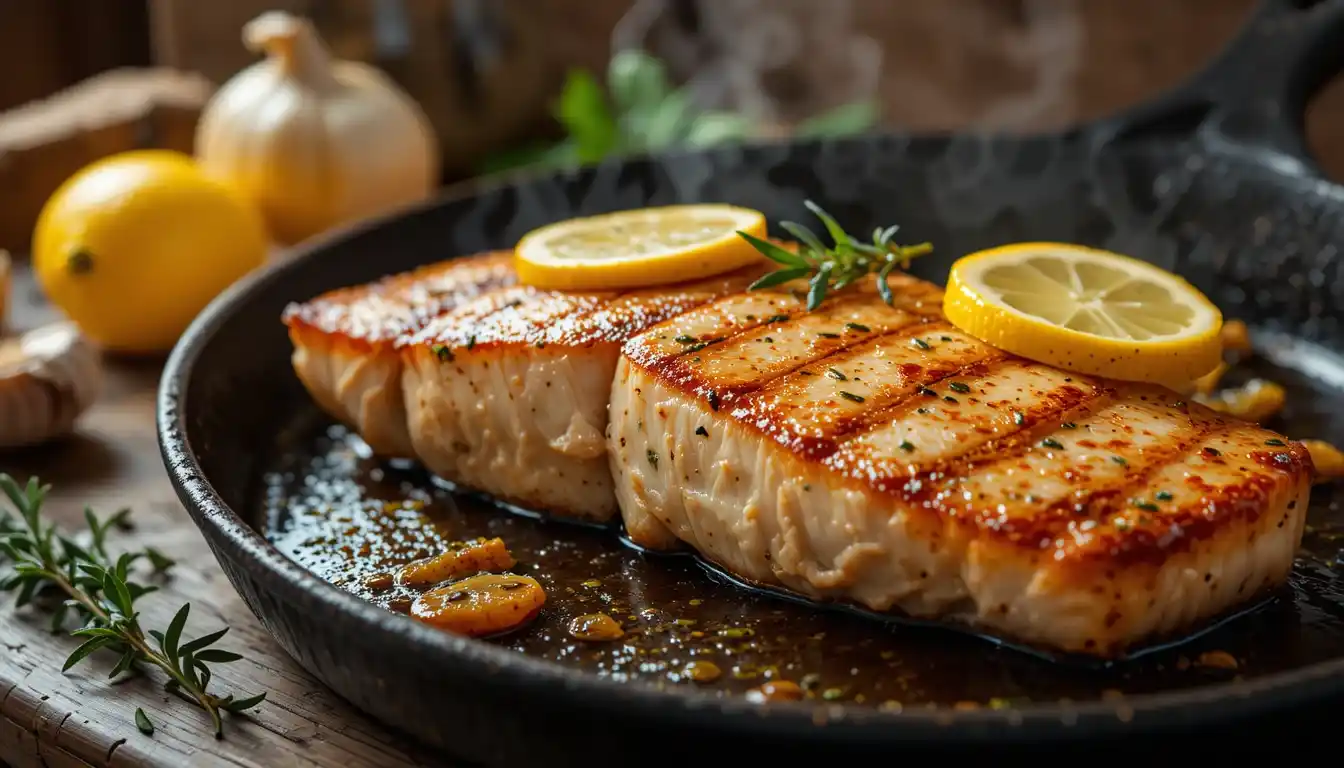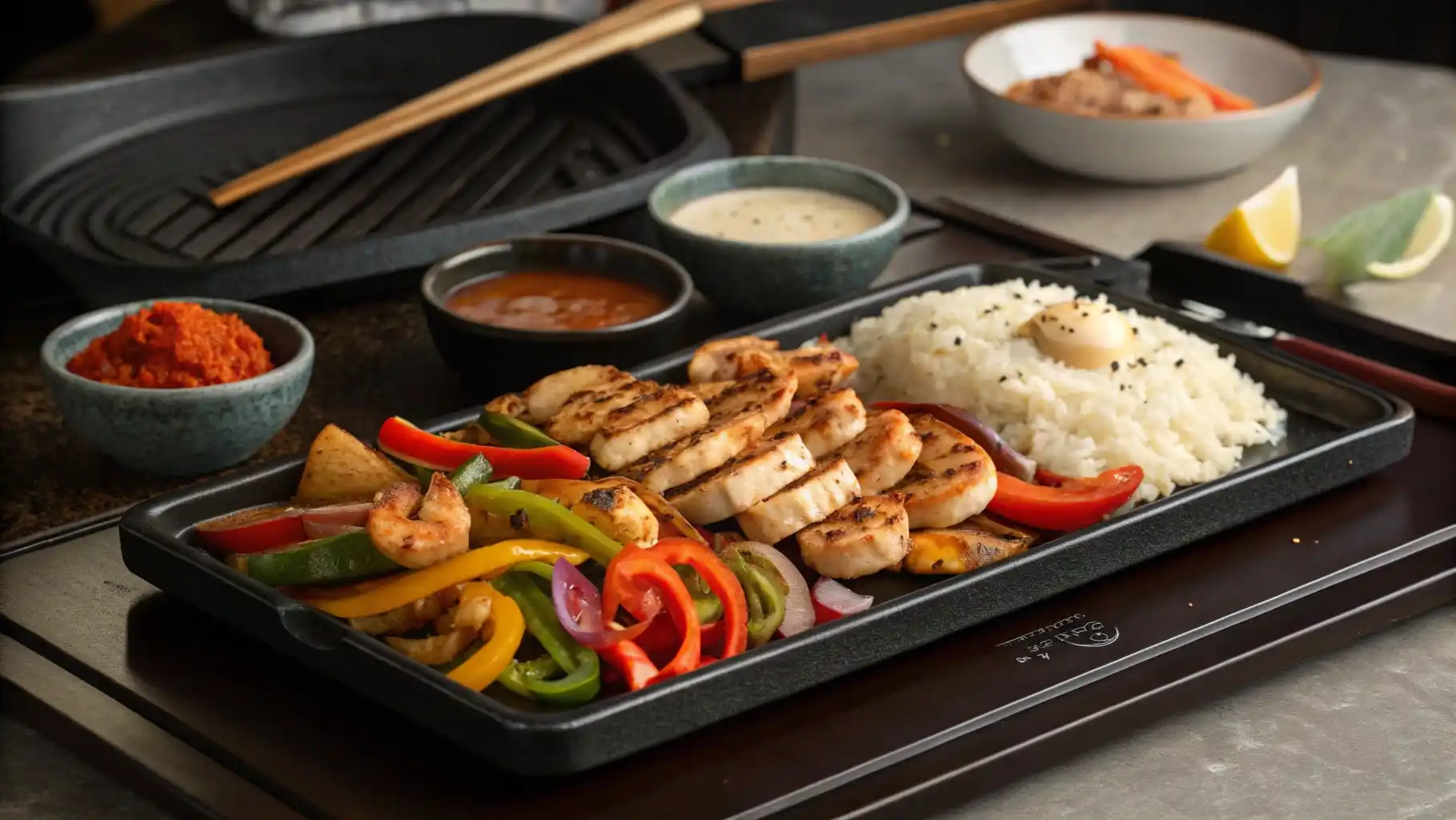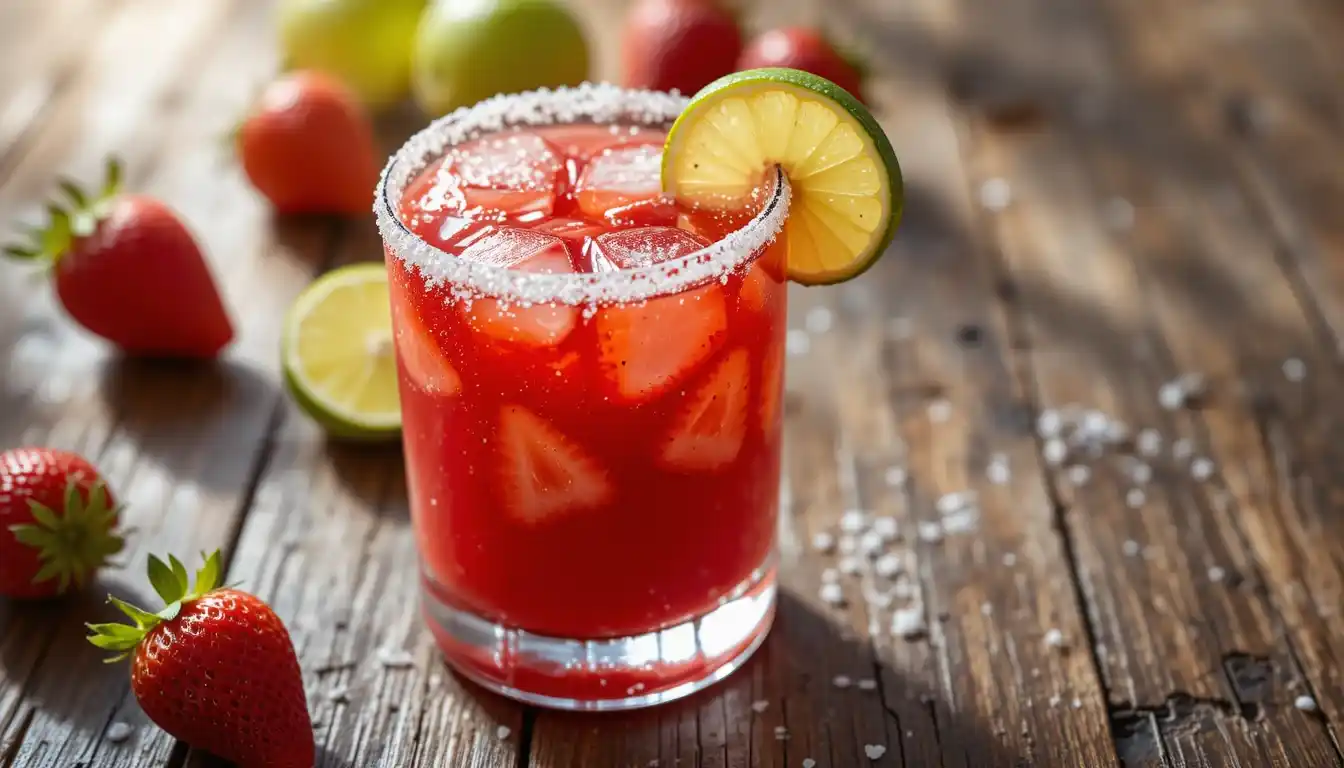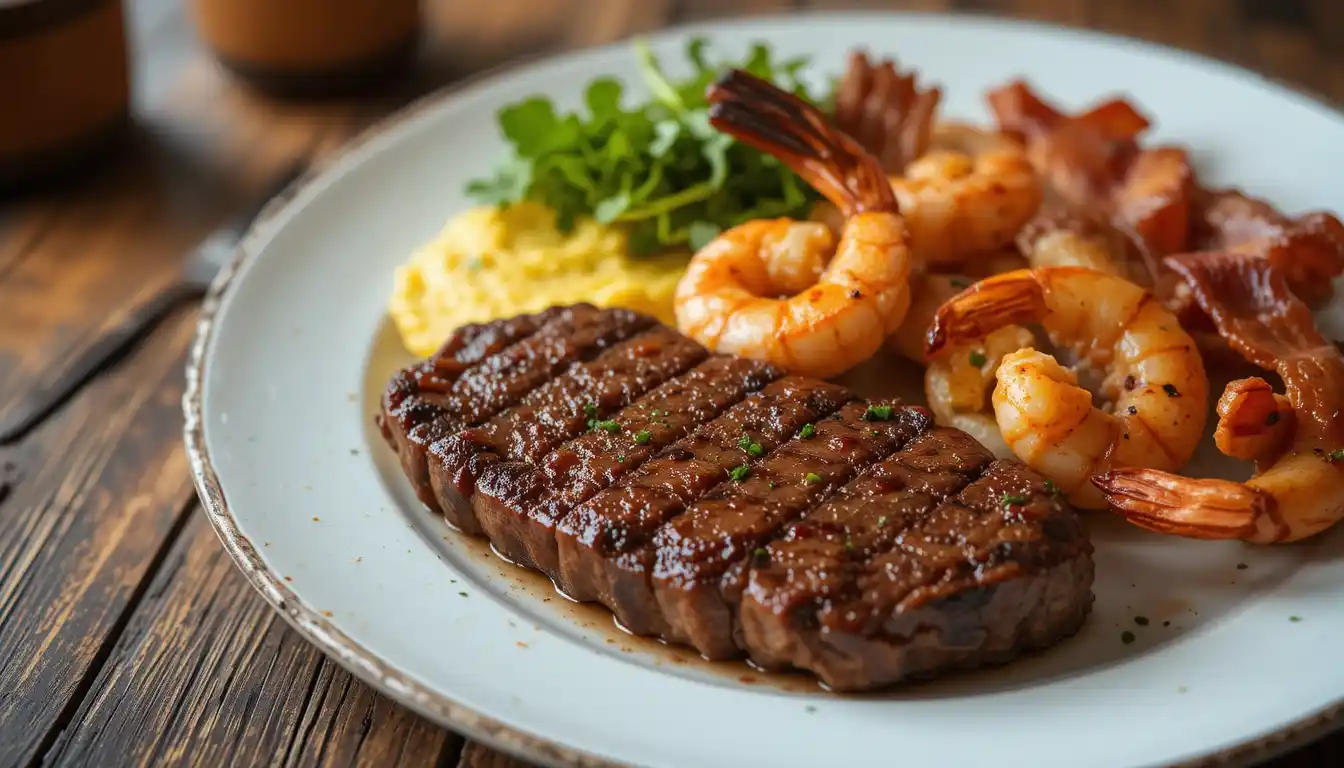Table of contents
- Introduction to Spaghettini Pasta
- What Is Spaghettini Pasta?
- The History and Origins of Spaghettini Pasta
- Nutritional Profile of Spaghettini Pasta
- How to Cook Spaghettini Pasta Perfectly
- Best Sauces and Recipes for Spaghettini Pasta
- Pairing Spaghettini Pasta with Other Ingredients
- Frequently Asked Questions About Spaghettini Pasta
- Conclusion: Why Spaghettini Pasta Is a Must-Have
Introduction to Spaghettini Pasta
Spaghettini pasta is a culinary gem that has delighted food lovers worldwide. Known for its thin, delicate strands, it stands out due to its unique texture and versatility. Whether you’re cooking a quick dinner or preparing a gourmet meal, spaghettini easily adapts to almost any sauce or ingredient.
In this article, we’ll explore everything about spaghettini pasta. From its history and nutritional benefits to cooking tips, pairing ideas, and its place in special occasions, you’ll gain insights and inspiration for your next dish.
What Is Spaghettini Pasta?
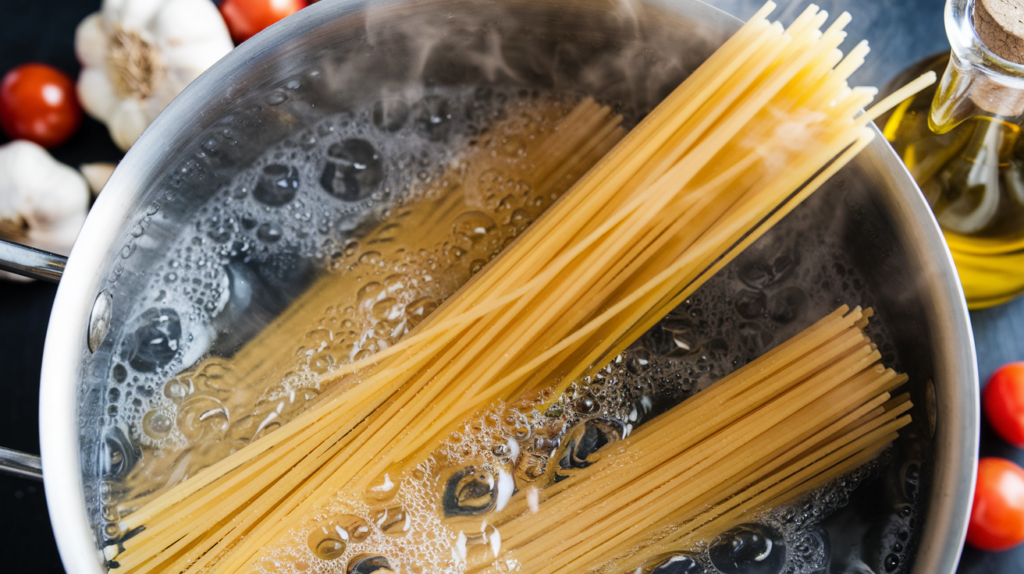
Spaghettini pasta is a thinner version of spaghetti, often called “the cousin of angel hair.” Its strands are about 1.5 to 1.8 millimeters in diameter, making it thinner than regular spaghetti but slightly thicker than angel hair. This size allows it to cook quickly and pair well with lighter sauces that don’t overpower its delicate structure.
How Does It Differ From Other Types of Pasta?
While spaghettini belongs to the spaghetti family, its smaller size makes it unique. For example, spaghetti is best suited for heavy, meat-based sauces like Bolognese. In contrast, spaghettini works better in light, fresh recipes like olive oil-based sauces or simple marinara. Additionally, its thinness makes it a great choice for cold pasta salads or soups, where thicker pasta might feel too heavy.
The History and Origins of Spaghettini Pasta
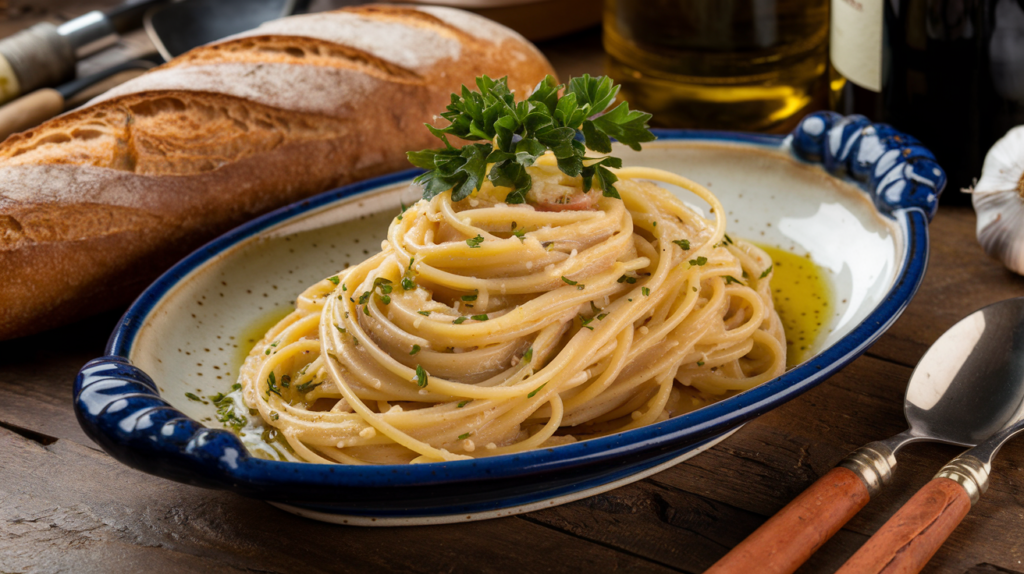
Italian Roots and Evolution
Spaghettini, like many pasta types, has its roots in Italy, where pasta has been a staple for centuries. The name “spaghettini” comes from the Italian word “spaghetti,” which means “little strings.” This describes its thin, long shape perfectly.
Over time, Italian chefs created different types of pasta to suit various sauces and cooking methods. Consequently, spaghettini became popular because its thin structure worked well with fresh ingredients like tomatoes, garlic, and olive oil. Today, it remains a favorite in Italian households and restaurants alike.
Modern Popularity Around the World
In today’s world, spaghettini is enjoyed globally. Its versatility and quick cooking time make it a top choice in the U.S. for fast weeknight meals. In Europe, it’s often featured in elegant restaurant dishes. Additionally, chefs in Asia have embraced spaghettini, incorporating it into fusion recipes that blend Western and Eastern flavors.
Nutritional Profile of Spaghettini Pasta
Caloric Content and Nutrients
Spaghettini pasta is primarily made from durum wheat semolina, providing a balance of carbohydrates, protein, and a small amount of fat. A typical 100-gram serving contains:
- Calories: 350 kcal
- Carbohydrates: 70 grams
- Protein: 12 grams
- Fat: 1 gram
Health Benefits of Spaghettini Pasta
When consumed in moderation, spaghettini offers several health benefits, such as:
- Long-Lasting Energy: Its complex carbohydrates provide sustained energy.
- Low in Fat: Great for those watching their calorie intake.
- Nutrient Content: Contains iron and B vitamins, essential for overall health.
Moreover, you can explore whole-grain options, which offer additional fiber and nutrients.
Is It Suitable for Special Diets?
For those with gluten intolerance, gluten-free spaghettini options made from rice, chickpea, or lentil flour are widely available. Whole-grain alternatives also cater to people seeking healthier pasta choices.
How to Cook Spaghettini Pasta Perfectly
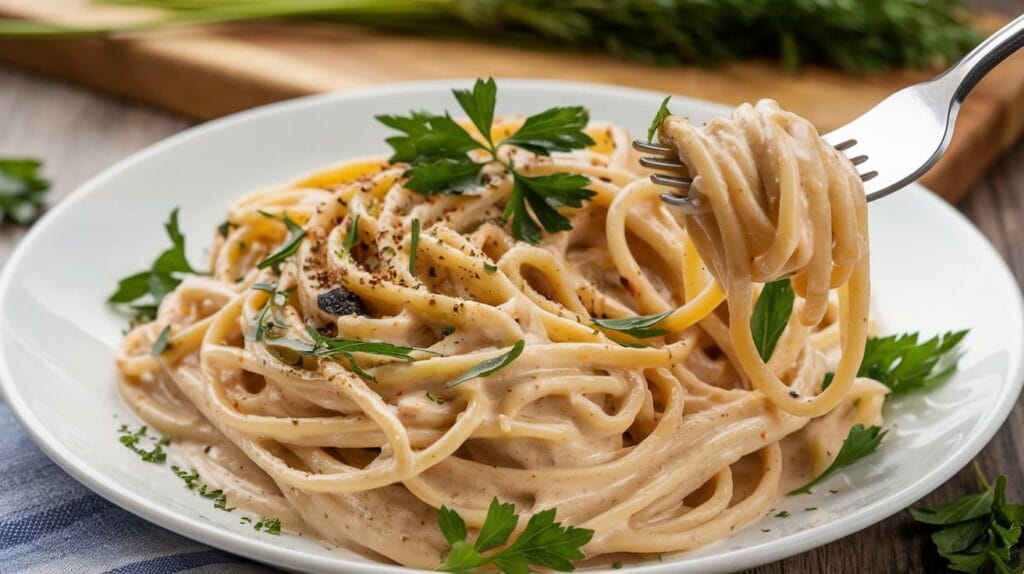
Step-by-Step Cooking Instructions
- Boil Water: Use a large pot with plenty of water to prevent sticking.
- Add Salt: Salt the water generously to enhance flavor.
- Cook the Pasta: Add spaghettini and stir gently to prevent clumping.
- Cook Al Dente: Follow the package instructions (typically 5–7 minutes), but taste a strand to ensure the desired texture.
- Reserve Pasta Water: Before draining, save a cup of the starchy water to use in your sauce.
- Combine with Sauce: Toss the drained pasta immediately with your sauce for the best taste and consistency.
Common Mistakes to Avoid
- Overcooking: Spaghettini cooks quickly, so keep an eye on the timer.
- Not Stirring Enough: Stirring during the first few minutes prevents clumping.
- Skipping Salt: Pasta water should be as salty as seawater.
- Rinsing the Pasta: This removes the starch that helps sauces cling.
Best Sauces and Recipes for Spaghettini Pasta
Tomato-Based Sauces
Spaghettini pairs beautifully with tomato-based sauces, which are light yet flavorful. A simple marinara made with garlic, olive oil, and crushed tomatoes is a classic option. Check out this marinara recipe for inspiration.
Cream-Based Sauces
For a richer dish, spaghettini works well with cream-based sauces like Alfredo or carbonara. The pasta’s thin strands absorb the creamy textures, creating a satisfying meal. You can learn more about making perfect Alfredo sauce.
Olive Oil-Based Recipes
For a lighter option, olive oil-based sauces like aglio e olio are fantastic. They highlight the pasta’s flavor without overwhelming it. Try this lemon and garlic spaghettini recipe.
Pairing Spaghettini Pasta with Other Ingredients
Vegetables, Proteins, and Herbs
Spaghettini complements a variety of ingredients. For vegetables, cherry tomatoes, zucchini, and spinach work well. Proteins like shrimp, grilled chicken, or even lentils add depth and balance. Fresh herbs such as basil, parsley, or thyme elevate the flavors. Explore these vegetable pasta pairings.
Wine Pairings
To complete your meal, pair spaghettini dishes with wine:
- Tomato-Based Sauces: A light red like Pinot Noir or Chianti.
- Cream-Based Sauces: A buttery white wine like Chardonnay.
- Olive Oil Sauces: A crisp Sauvignon Blanc or Pinot Grigio.
Frequently Asked Questions About Spaghettini Pasta
What Makes Spaghettini Different From Spaghetti?
Spaghettini is thinner and cooks faster, making it ideal for lighter sauces.
Can Spaghettini Be Used in Cold Salads?
Yes! Its thin strands work wonderfully in cold salads, as they absorb dressings easily.
How Long Does It Take to Cook Spaghettini?
Typically, 5–7 minutes for an al dente texture.
Is Spaghettini Pasta Healthy?
Yes, especially when paired with fresh, wholesome ingredients. Learn how to make healthier pasta dishes.
Conclusion: Why Spaghettini Pasta Is a Must-Have
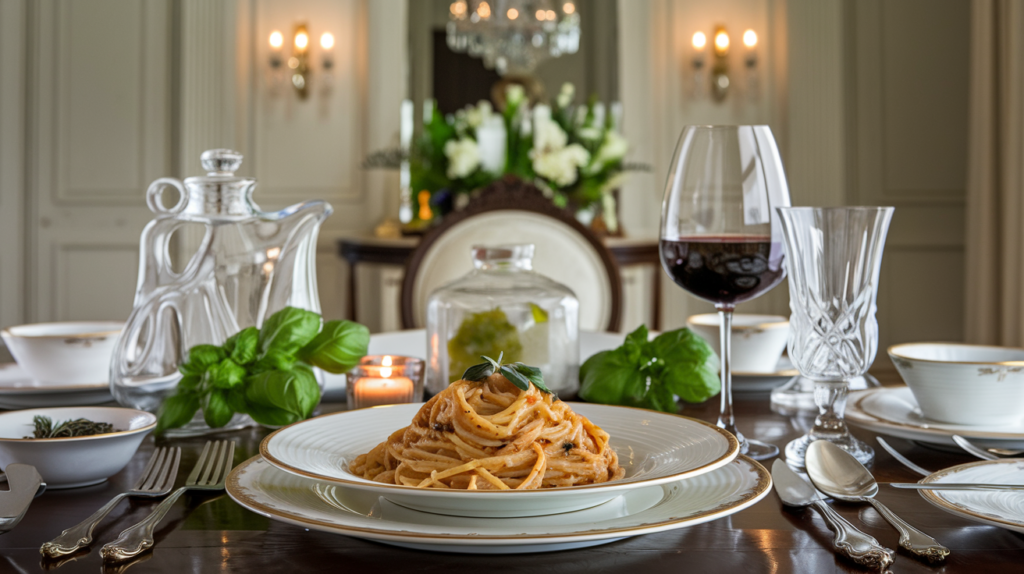
Spaghettini pasta is not just a simple noodle. Its versatility, quick cooking time, and ability to pair with countless flavors make it a must-have in any kitchen. Whether you’re making a quick weekday dinner or preparing a special meal for guests, spaghettini is always a delicious and reliable choice.
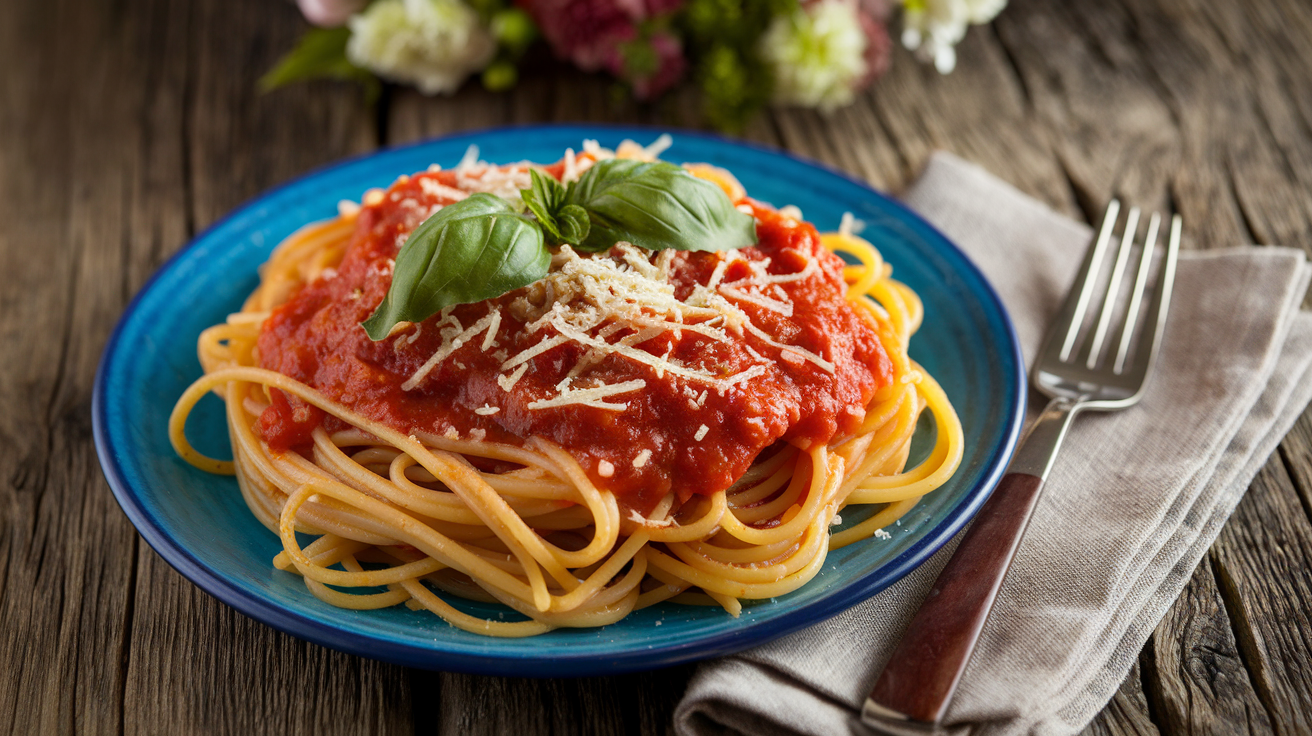
Spaghettini Pasta
Equipment
- Large Pot
- Colander
Ingredients
- 1 pound Spaghettini Pasta
- 4 quarts Water for boiling
- 1 tbsp Salt for the water
Instructions
- Bring 4 quarts of water to a boil in a large pot. Add salt to the water.
- Add the spaghettini pasta to the boiling water, stirring gently to prevent clumping.
- Cook for 5-7 minutes until al dente, stirring occasionally to prevent sticking.
- Reserve a cup of the pasta water and drain the rest of the pasta in a colander.
- Toss the drained spaghettini immediately with your sauce of choice, using the reserved pasta water to adjust the consistency if needed.

